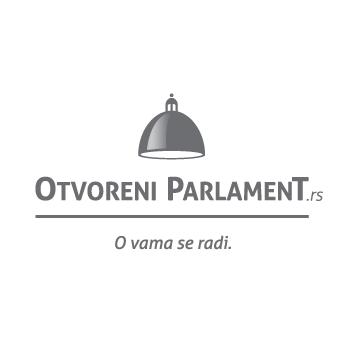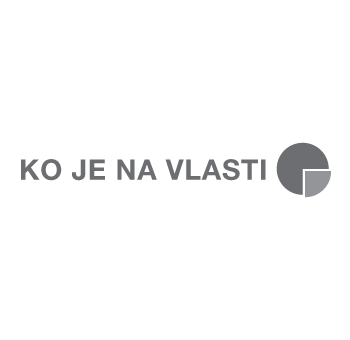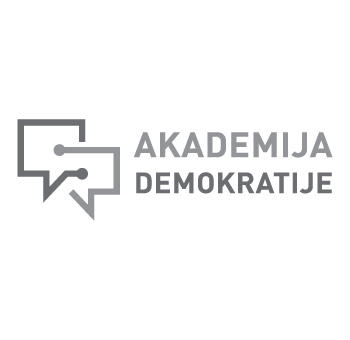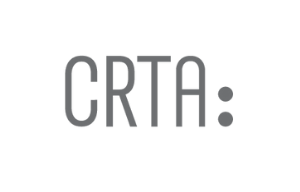Nothing is true, and everything is possible
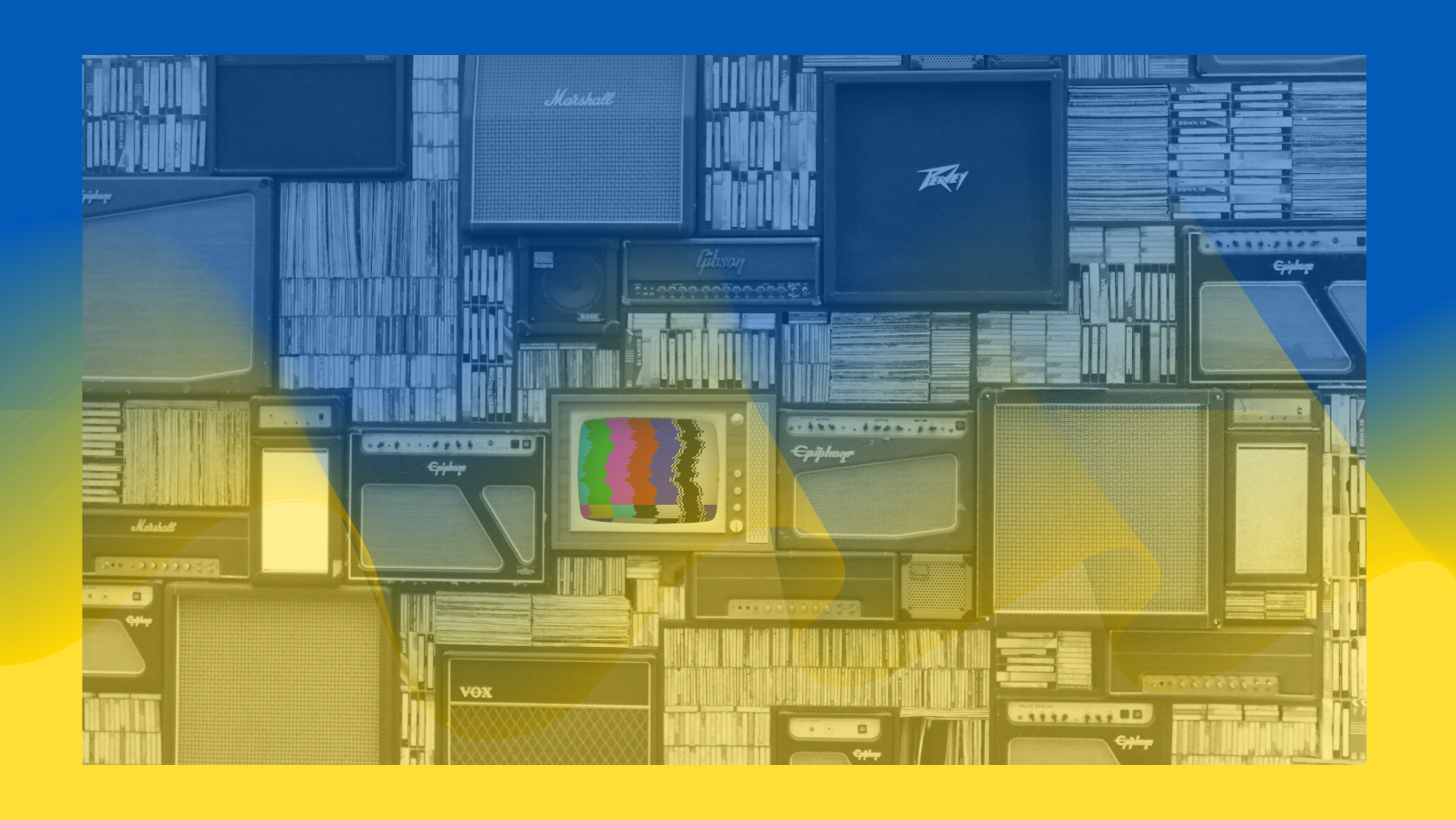
The average citizen of Serbia is informed about the war in Ukraine primarily through the most influential and pro-government mainstream media, reinforced with social media algorithms to spread manipulative, biased, propagandistic and conspiratorial content. Russian propaganda, backed by unethical and unprofessional reporting of local media, fits like a puzzle piece into the already established pro-regime and anti-Western manipulation tactics used for years in Serbia.
Before we dive into manipulation narratives, let’s just mention that Serbian media infrastructure is sustained through hundreds of millions of euros in ads. The main lubricators of media machinery are EU, US, UK and Swiss companies, with 63% of the advertisement market. Serbian private and state-owned companies hold 36%, while only 0.1% goes to Russian companies.
Anti-Western and then pro-Russian reporting in the most influential media in Serbia is nothing new. For years, CRTA’s media monitoring has been exposing this trend and how it is being systematically shaped. The media has been using the war in Ukraine to amplify these conflicting perspectives. The number of negative articles about the West significantly increased in February and March 2022. The trend has been maintained throughout the year.
In manipulating information and spreading Russian war propaganda, two commercial TV channels with national broadcasting licences stand out – pro-regime TV Pink and TV Happy. Among newspapers, the pro-regime Informer and Večernje Novosti are the most prominent in distributing such content. Even though it did not take the lead in spreading manipulations, public service broadcaster RTS bears the greatest responsibility for biased reporting and spreading propaganda about the war in Ukraine.
Analysts who do not hesitate to deliver such messages in the prime time of the most watched TV channels in Serbia often spread manipulative narratives. On the other hand, these channels do not hesitate to invite them as interlocutors. On social networks, human bots with multiple fake accounts, together with conspiracy theorists, are responsible for spreading Russian disinformation on Twitter and Facebook.
Zooming in on the narratives, the Russian interpretation of the war dominates. The West bears the greatest responsibility, while Russia “liberates”” Ukraine from Nazism, trying to deal with the biological weapons created by the US. Ukraine is making up the victims’ suffering. Western sanctions cannot do anything to Russia because it is economically and energetically superior.
Narrative 1: The West is the main culprit.
Among lead manipulations that found fertile ground in Serbia is that the West caused the war in Ukraine, while Russia had no choice but to defend the Eastern Front from the NATO expansion. Moreover, Russia is portrayed as a protector of Orthodox and traditional values, while Ukraine is only a puppet in the hands of the evil US, EU, and NATO.
For example, on government cheerleader TV Pink citizens could hear that “alleged Western humanism is tribalism, classical animal tribalism, creating tribes…”. Sentences like “there is no war Biden did not like”, “Putin, before everything started, warned the Ukrainian leadership that Russia will not tolerate pro-US, pro-NATO and anti-Russian Ukraine anymore”, “American aggression against Russia has taken place from the territory of Ukraine, in Ukraine and through Ukraine for a very long time”, or that “the Americans are waging war and the British, … Brits and the Americans do not care how much Ukrainian lives will be sacrificed”, are just a small illustration of usual daily news on reasons behind the war.
Narrative 2: Aggression is justified because Ukraine is a Nazi country.
A lot of the disinformation was created in order to support the Russian propaganda mantra that Ukraine is a Nazi country which Russia aims to liberate.
Through viral posts spilling from one language area to another, Serbian users were exposed to fabricated claims about Nazi symbols among Ukrainian officials, soldiers or in Ukraine itself. Manipulation included the fabricated photo of a swastika on a T-shirt held by the president of Ukraine, an alleged bracelet with a swastika on the arm of a Ukrainian soldier, or Zelenskyy publishing a book “Mein Kampf”.
These claims quickly found their place in mainstream TV and newspapers. The guest of one of the most watched TV shows assured that “a journalist from New Zealand was surprised when he saw Nazi symbols on the uniforms of Ukrainians” or that “the Poles are now supporting Nazis, that they support today’s Ukrainians who are a continuation of those Nazis because they are servants of the West”.
On TV Pink, a member of the Serbian Army claimed that “Ukraine got a leadership that started to carry out fascism, eliminating the Russian people who made up over 30 per cent of the population”.
The most recent example is the alleged warning issued by the Russian Ministry of Defence, which the pro-regime daily Informer published stating that “members of the neo-Nazi battalion ‘Azov’ disguised as Russian soldiers intend to carry out a fake invasion of Ukraine from Moldova’s breakaway region to blame Russia for it and provoke another war”.
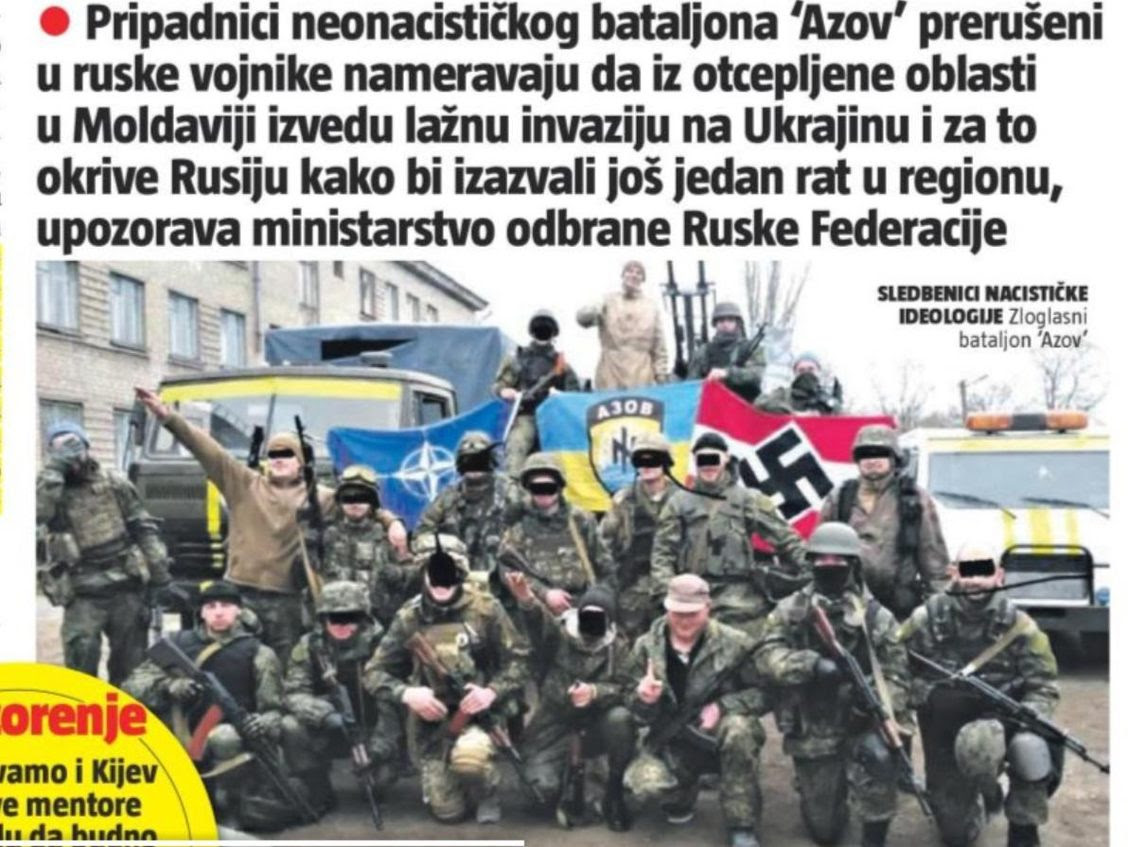
Photograph and story justifying the narrative of Nazi Ukraine, the Russia’s righteous war and its innocence, daily Informer on 24 February 2023 (average daily reading 215,309; Ipsos 2020)
Narrative 3: US Biolabs in Ukraine, serve for the destruction of Russians.
According to Russian officials, there are dozens of “US laboratories for bio-weapons and the destruction of Russians” in Ukraine. Conspiracy narratives claim that Russia’s invasion of Ukraine is reduced to target only these laboratories.
Serbian media took over this narrative early on. Daily Politika devoted a central position on its front page to “New Moscow’s claims about bio-weapons in Ukraine – Germany is a part of secret laboratories programme”. Some media outlets concluded that “Washington admitted to making bio-weapons in Ukraine”, reviving the old disinformation about creating a pathogen that “would only target Russians”.
On Pink TV, an analyst deliberated on how “Ukraine, with the help of the West, was preparing to work on programmes with biological weapons in the future that would be in the service of powerful countries, as well as to work on atomic mini-bombs, and that the Russians devanced it”. Another guest, presented as a toxicologist, followed it up with the claim that “Ukraine has become a large laboratory where agents for biological warfare are studied”.
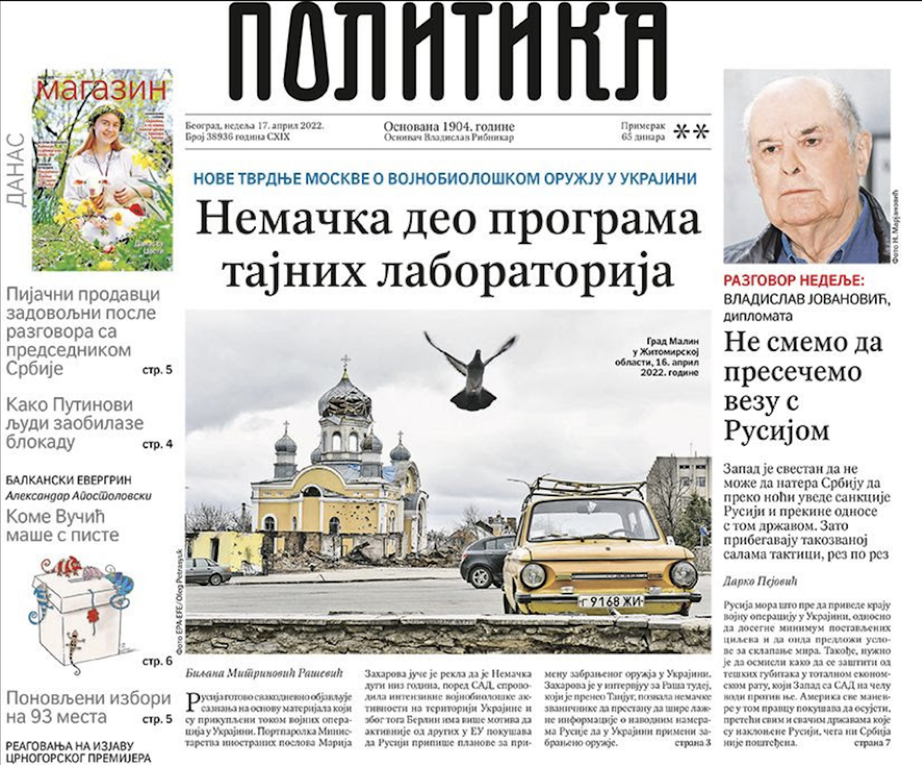
Front page devoted to secret biolabs in Ukraine, quoting Moscow and making allegations of Germany’s involvement, daily Politika on 17 April 2022 (average daily reading 95,632; Ipsos 2020)
Narrative 4: Ukraine fakes Russian crimes and civilian casualties.
One of the most frequent Russian narratives is that Ukraine is faking its victims. Old photos from street actions, various protests and film sets were mostly used for this disinformation as an argument that Russians are not targeting civilians.
Perhaps the most explicit example is a viral video from Bucha that allegedly showed “corpses moving their arms” or standing up. Without hesitation, online portals of main media outlets started spreading this grave manipulation.
“Fake Bucha atrocity” was legitimised as Serbian media draw parallels with well-known local propaganda cases of “staged killing of civilians” which official Serbia is negating – Markale, Bosnia and Herzegovina in 1995, and Rachak, Kosovo in 1999. (An. Markale massacre triggered NATO bombing Serbian positions in Bosnia, while Racak massacre – 1999 NATO bombing of FR Yugoslavia.)
Pompous headlines such as “The Americans are packing Bucha to Russia just like Racak was to Serbia in 1999” were found online and in print editions of the most widely-read mainstream media. Analysts contemplated it extensively in TV shows – “everything is staged there, because why would it be in the Russian’s interest to kill innocent civilians”. Furthermore, Ukrainians are responsible for the civilian casualties in Bucha because they “kept civilians in the combat zone”.
Even the public broadcast service RTS did not hesitate to relativise this crime: “Kremlin and Kyiv are using a somewhat mundane propaganda to describe this crime, but if it is established that it is staged, it will not be the first case in the history of wars – we also had the Rachak case in FR Yugoslavia”.
Narrative 5: Sanctions against Russia harm EU citizens more than Russia itself.
“If the new package of sanctions is as effective as all these eight previous ones, the West will not look good”, “The European Union dug a hole into which Russia was supposed to fall”, “Sanctions are coming back like a boomerang, a failed plan to strangle Russia”.
Illustrative examples of headlines parroted over the last year fit perfectly with the Russian manipulation that the sanctions imposed by the EU on Russia cause more damage to the EU. Such messages are framed by a narrative about economic and energy supremacy against a weak and economically inferior Europe.

